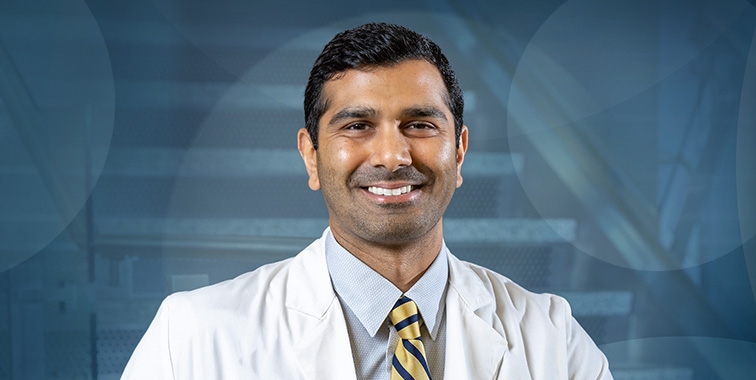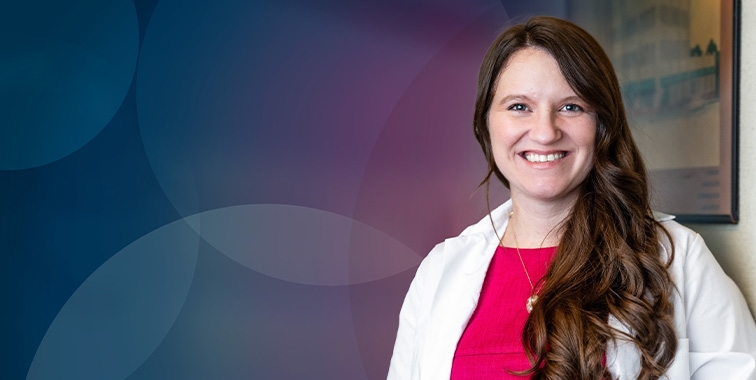When it Comes to Spotting a Stroke, BE FAST
- Category: In The News
- Posted On:
- Written By: Jaime Burchfield Caston

The odds of a stroke happening to you or someone you know are quite high. One in four adults over the age of 25 will suffer a stroke in their lifetime, according to the World Stroke Organization. This year 12.2 million people will have a stroke, and 6.5 million—over half—will die as a result.
A stroke occurs when blood flow to the brain is interrupted or severely reduced. As a result, brain cells in the immediate area begin to die because they no longer get the oxygen and nutrients they need to function.
According to the American Stroke Association, stroke is the fifth leading cause of death in the U.S. and a leading cause of severe and long-term disability in adults. About 610,000 new strokes are reported nationwide each year.
Sometimes called a “brain attack,” a stroke can affect anyone at any age. However, people over 55 have a higher chance of stroke, and the risks increase with age. Women, African-Americans and people with diabetes, heart disease or who have previously suffered from a stroke are most at risk.
Because stroke injures the brain—and often happens within seconds—people in the midst of having a stroke may not even realize it. To others, someone having a stroke may look confused, unaware or even intoxicated. However, stroke victims have the best chance of recovery if someone around them recognizes the symptoms and acts quickly.
People having a stroke may experience some or all of these warning signs, some of which can be subtle:
- Numbness or weakness of the face, arm or leg, especially on one side of the body
- Confusion, trouble speaking or understanding speech
- Trouble seeing in one or both eyes
- Trouble walking, dizziness, loss of balance or coordination
- Severe headache with no known cause.
The signs of a stroke depend on the side and part of the brain that’s affected and how severely the brain is injured. Sometimes it’s completely painless. Sometimes it is associated with a headache.
To easily spot the signs of a stroke, remember, “BE FAST.” When you spot these signs, you will know you must immediately call 911 for help.
Remember, BE FAST:
BALANCE - Watch for sudden loss of balance.
EYES - Check for vision loss.
FACE - Look for an uneven smile.
ARMS - Check if one arm is weak.
SPEECH - Listen for slurred speech.
TIME – Time counts. If you observe any of these signs, call 911 immediately!

North Oaks Health System is committed to providing high-quality stroke care at our Medical Center and Rehabilitation Hospital. North Oaks Medical Center is a certified Primary Stroke Center, earning The Joint Commission’s Gold Seal of Approval®, as well as the American Heart Association/American Stroke Association’s Heart-Check mark for using best practices in providing prompt stroke intervention and care for improving patient outcomes.
North Oaks Medical Center is the only hospital on the Northshore to offer a minimally invasive technique called intracranial mechanical thrombectomy. This technique allows us to help more stroke victims regain movement, language and other abilities. In addition, North Oaks Rehabilitation Hospital is one of five facilities in Louisiana to offer a Stroke Specialty Program certified by the Commission on Accreditation of Rehabilitation Facilities, and it’s the only one on the Northshore.




[1].jpg)